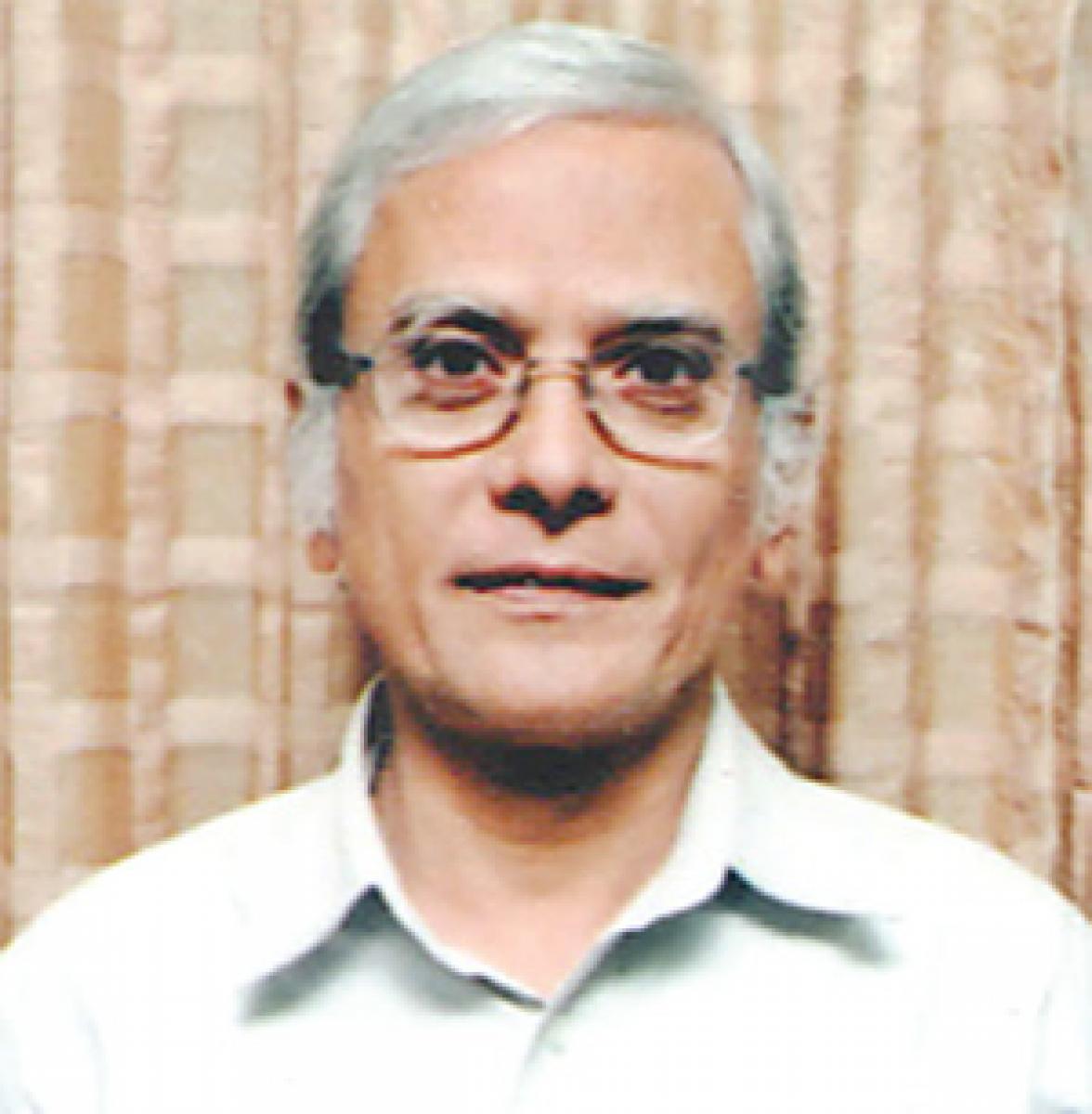Live
- Governor Jishnu Dev Varma Visits Udyan Utsav-2025 at Rashtrapati Nilayam
- Telangana CM Revanth Reddy Urges PM Modi to Approve Pending Railway Projects
- Rahul, Priyanka Gandhi mourn martyrdom of security personnel in Bijapur Maoist attack
- Lucknow airport records robust growth as flyers’ headcount surges past 5.21 million in April-December
- Tributes Pour in for BA Raju on His 65th Birth Anniversary
- Japan's Nippon Steel, US Steel file lawsuit against US government
- Hyderabad's Cherlapalli Railway Terminal Inaugurated: Key Development in City's Transport Infrastructure
- Congress Government Takes Pride in Hyderabad’s Development: CM Revanth Reddy
- Glad to know about Microsoft's ambitious expansion, investment plans in India: PM Modi
- World Test Championship 2025: How Australia Could Still Miss Out on WTC Final Spot









